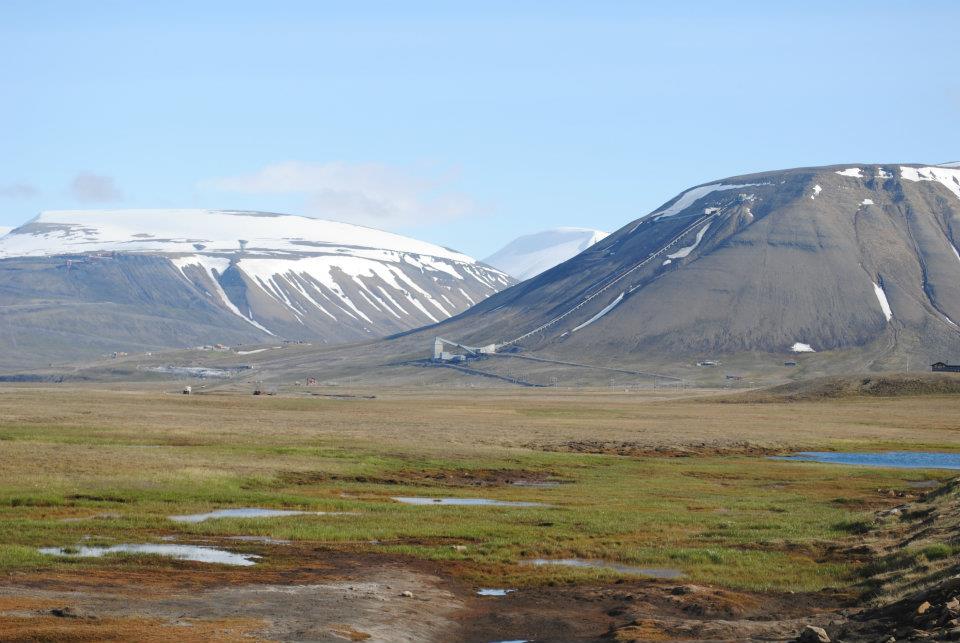Former colleagues at our division Roberta Biasillo and Daniele Valisena have written together with Claudio de Majo a new article in Modern Italy. The article with the title “Environments of Italianness: for an environmental history of Italian migrations” is part of a special issue edited also by the three of them about the concepts of italianness, environment, and socio-natures.
Check out this great piece, which might lead to a new trend in environmental history!
Abstract:
Italian mobility played a fundamental part in the history of the peninsula, since it was a global phenomenon reaching every continent except  Antarctica. The Italian diaspora counted over 26 million expatriates who left the country between 1876 and 1976 and, to date, Italy remains one of the states that has contributed the most to the Great European Migration. Although impressive, these figures do not take into account pre-unitary Italian mobilities or Italian settlements in colonial territories. By adopting the perspective of environmental history of migration, this collection of essays allows us to consider various contextually embedded migratory environments, creating a means to find common constitutive features that allow us to explore and identify Italianness. Specifically, in this special issue, we intend to investigate how Italians transformed remote foreign environments in resemblances of their distant faraway homeland, their paesi, as well as used them as a means of materially re-imagining landscapes of Italianness. In return, their collective and individual identities were transformed by the new surroundings.
Antarctica. The Italian diaspora counted over 26 million expatriates who left the country between 1876 and 1976 and, to date, Italy remains one of the states that has contributed the most to the Great European Migration. Although impressive, these figures do not take into account pre-unitary Italian mobilities or Italian settlements in colonial territories. By adopting the perspective of environmental history of migration, this collection of essays allows us to consider various contextually embedded migratory environments, creating a means to find common constitutive features that allow us to explore and identify Italianness. Specifically, in this special issue, we intend to investigate how Italians transformed remote foreign environments in resemblances of their distant faraway homeland, their paesi, as well as used them as a means of materially re-imagining landscapes of Italianness. In return, their collective and individual identities were transformed by the new surroundings.
 Abstract in Italian:
Abstract in Italian:
Le forme di mobilità degli italiani rappresentano un aspetto fondamentale della storia della penisola, ma non solo, poiché le comunità italiane hanno raggiunto tutti i continenti, fatta eccezione per l’Antartico. Nel periodo tra il 1876 e il 1976, la ‘diaspora italiana’ ha coinvolto più di 26 milioni di persone, facendo dell’Italia uno degli stati che più ha contribuito al fenomeno della Grande Emigrazione europea. A questi dati bisogna altresì aggiungere quelli relativi alle mobilità preunitarie e a quelle verso le colonie, argomenti inclusi tra i saggi qui raccolti. Adottando pertanto la prospettiva della storia ambientale delle migrazioni e muovendo dalle ricerche presentate nei singoli saggi, i curatori propongono una sintesi delle caratteristiche socio-ambientali che hanno influenzato e caratterizzato l’emergere di identità italiane all’estero, ovvero forme di italianità. Gli articoli contenuti in questo numero monografico illustrano come italiani e italiane abbiano trasformato e utilizzato gli ambienti naturali stranieri per ricostruire le proprie piccole patrie, i loro paesi. Allo stesso tempo, questi nuovi paesaggi dell’italianità hanno contribuito a formare identità ibride, collettive e individuali.


No comments yet. Be the first to comment!